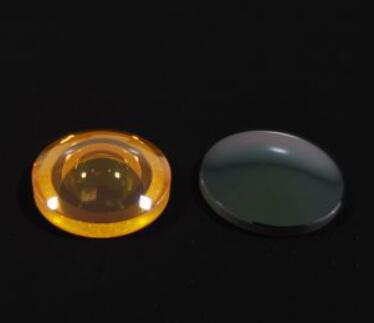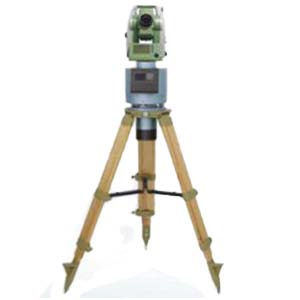What is an IR lens?
An IR (infrared) lens is a specialized optical component designed to capture and focus infrared light. While traditional lenses primarily deal with visible light, IR lenses are engineered to transmit and focus wavelengths beyond the visible spectrum. These lenses are commonly used in various fields, including surveillance, scientific research, thermography, and industrial applications.
Infrared light falls between the range of 700 nanometers (nm) and 1 millimeter (mm) on the electromagnetic spectrum, which lies just beyond the red end of the visible spectrum. Unlike visible light, which our eyes can perceive, infrared light is invisible to the human eye. However, it can be detected and utilized by specialized cameras and imaging systems equipped with IR lenses.
The construction of an IR lens is similar to a traditional lens, consisting of multiple glass or plastic elements that are precisely shaped and arranged. However, there are specific characteristics that distinguish IR lenses. They are typically composed of materials that are transparent to infrared wavelengths, such as germanium, silicon, or chalcogenide glasses. These materials possess the necessary optical properties to transmit and focus infrared light effectively.

The design and configuration of IR lenses are optimized for different applications. Some IR lenses are designed for imaging and focusing infrared light onto an image sensor, enabling the capture of detailed infrared images or videos. These lenses often feature coatings to reduce reflections and improve image quality.
Other types of IR lenses are specifically designed for thermal imaging applications, where they focus the infrared radiation emitted by objects and convert it into a thermal image. These lenses are crucial for applications like building inspections, electrical inspections, and search and rescue operations.
The performance of an IR lens is determined by several factors, including its focal length, aperture, and optical quality. Focal length determines the field of view and magnification, while the aperture controls the amount of light that enters the lens. The optical quality of the lens affects factors like sharpness, contrast, and distortion of the resulting images.
Related links:Revolutionizing Travel Safety: High Voltage Backpacks?
How to Use Ultrasonic Paint Thickness Gauge
Discover the Top Benefits of Non Destructive Testing Machines
Revolutionizing Navigation: The Laser Gyroscope Unveiled
Quartz Flexible Accelerometer in Drilling: Enhancing Efficiency and Safety
How to Use the Motor and Propeller Test Kit?
What Are The Benefits of Using a Multihead Weigher?
It is worth noting that IR lenses are often paired with infrared filters to further enhance their performance. These filters selectively block unwanted visible light while allowing infrared light to pass through, resulting in clearer and more accurate infrared images.
In addition to their applications in imaging and thermography, IR lenses are used in various industries for specific purposes. For instance, in the automotive industry, IR lenses are utilized in night vision systems to improve visibility and enhance driver safety. In the aerospace sector, IR lenses are employed in remote sensing and surveillance systems to detect and track heat signatures from aircraft or missiles.
In conclusion, an IR lens is an optical component designed to capture and focus infrared light. It enables the detection and visualization of infrared radiation, extending the capabilities of imaging systems beyond the visible spectrum. Whether in scientific research, surveillance, or industrial applications, IR lenses play a crucial role in revealing the unseen world of infrared light.
Oplens is one of leading optical elements and spherical lens manufacturer. We insist on supply high precision optical products with consistent quality and professional serve.
Pulse Function Arbitrary Waveform Generators: Versatile Tools for Signal Generation
Spherical vs. Aspheric Lenses: A Clear Perspective
What is the difference between chromatic and achromatic lens?
Understanding the Role of Optical Domes in Optical Systems
Drone Engine Test Bench: Enhancing Efficiency and Performance
What are optical glass domes and their applications in various industries?
What are Advantages of Custom Optical Windows?











